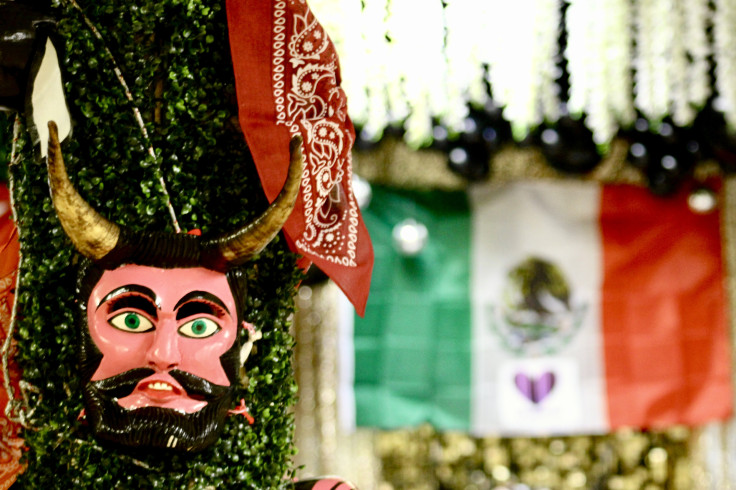
Hand-painted wooden masks and ancestral dances from century-old cultures still alive in Mexico took center stage on Saturday in Santa Maria, California, during the first indigenous carnival organized by Oaxacan migrants on the West Coast of the United States.
"With this Oaxacan festival, which proudly showcased the name of Mexico, we succeeded in bringing our traditions and indigenous culture to the United States. Although we have departed from our native lands, we remain deeply proud of our roots, and we are committed to preserving them," said Iván Santiago, leader of the Chikua'a dance group and the event's organizer.
Santiago told The Latin Times that, following this event, which was a first-time experience for many attendees who hadn't had the opportunity to engage with these traditions for years, the group is already laying the groundwork for the next carnival in 2025 using a distinct indigenous method known as 'Tequio.'
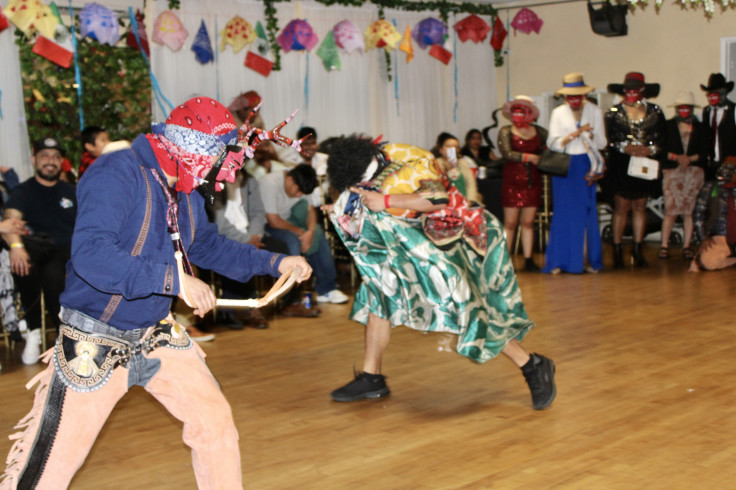
Santiago explained that this is the name of a practice that continues among various indigenous communities across Mexico and for whom "cooperation and mutual support are among the most cherished values."
While it might have different interpretations at the moment, 'Tequio' can include collective labor or financial contributions to carry out communal endeavors such as celebrations or infrastructure projects like road construction.
In keeping with this indigenous tradition, the dance group garnered financial support to host the event at a banquet hall. Looking ahead, their aspiration for the next edition is to move on to a larger venue in Santa Ana, enabling a broader audience to partake in the carnival festivities.
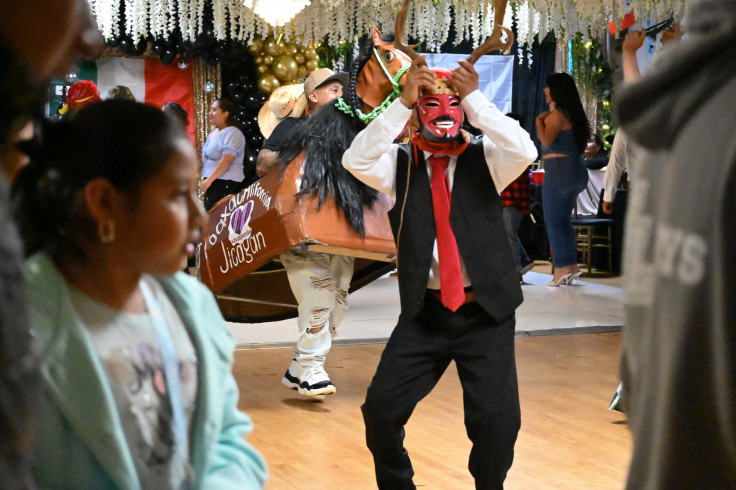
"The Mixtec indigenous culture of Mexico remains relatively unseen on the global stage. With this festival we declare: 'Here we are, hailing from an indigenous lineage that, despite attempts by other nations to subjugate and erase our identity, perseveres. We continue to honor the legacy bestowed upon us by our ancestors,'" Santiago stated.
Still excited about successfully bringing the first Oaxacan indigenous carnival to California, Santiago reflected: "Indigenous communities in Mexico and around the globe need to be seen and supported so they can continue to thrive. They need employment opportunities to sustain their families, reducing the necessity for risking their lives by migrating to other countries."
He also noted that while Mexican communities in the U.S. have left behind family and friends in pursuit of "a better life" for their family, "we uphold our culture and traditions with pride. It is these aspects that define us, no matter where we may be in the world."
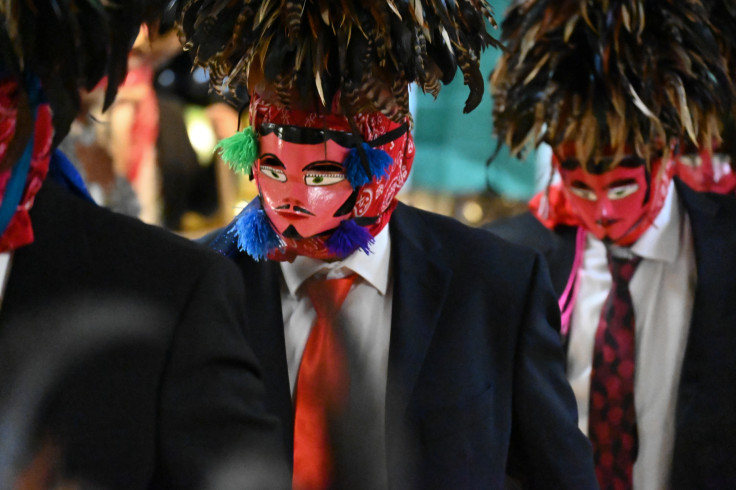
The Three Dances of the First Indigenous Carnival in California
The carnival included three different moments. The first one was a tasting of tacos and one of the most traditional beverages on Mexican tables: tepache, known as the light and sweet pineapple beer.
Then there was a presentation of three dances with ancestral roots known as Los Tejorones, Las Mascaritas, and El Caballo Loco, which "represents a resistance against the loss of our identity while being in a culturally different country," Santiago explained.
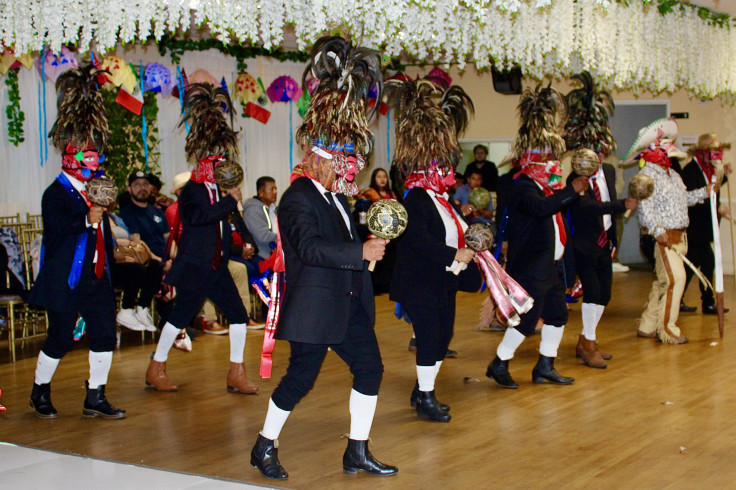
The first dance, 'Los Tejorones,' feature dancers adorned with elaborate headdresses crafted from "the finest rooster feathers" imported from their indigenous community in Mexico. Carved wooden masks with European features. White shirts, black pants, coats and ties, complete the ensemble. Santiago highlighted that this dance may have originated during colonial times as a form of protest against Spanish colonization.
In the 'Mascaritas' dance, performed during carnival season and community festivities, dancers wear shirts, vests, pants, shoes, hats, and intricately carved or painted wooden masks. Two key figures, "el viejo", meaning the old man, and "la vieja", meaning the old woman, lead the dancers.
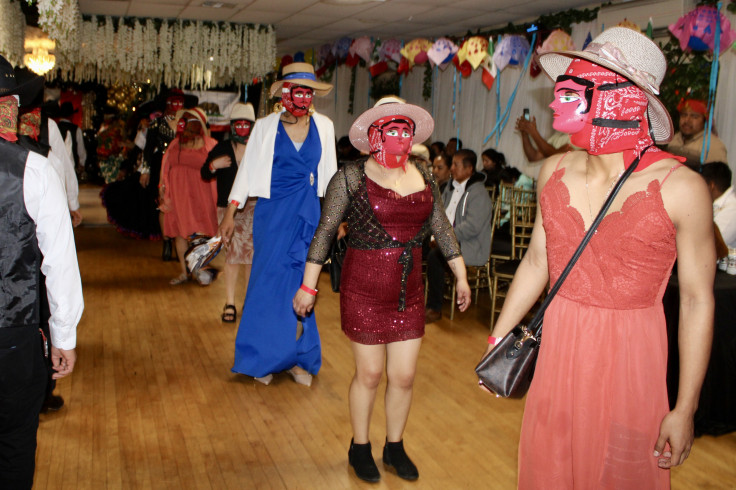
"It is said that this dance originated following the French invasion of Mexico in the 19th century. The indigenous people of that time discreetly observed how the invaders organized their festivities, and once the French had departed, the Mixtecs celebrated with this type of dance, but in a more exaggerated and grotesque manner, as a form of protest and resentment towards the invasion," Santiago informed.
'El Caballo Loco', or 'The Crazy Horse' in Spanish, dance invites audience participation, with lively music played by a traditional orchestra as dancers gather around a cardboard horse. The festive atmosphere encourages everyone to join in the celebration, which is significant as these dances also aim to bring joy to Mexican communities.

The festival ended with a performance by a traditional music group from the Oaxaca and Guerrero coasts, who will play for guests to dance and have fun as if they were at a town festival.
The Chikua'a dance group, named in Mixtec after the indigenous municipality of San Pedro Jicayán, emerged in 2023 with the organization of the First Mixtec Day of the Dead Festival, and it serves as a grounding force for migrant communities in the area.
Most of the members were born in or have family ties to San Pedro Jicayán and its surrounding areas, with one member hailing from San Andrés Huaxpaltepec, on the coast of Oaxaca. Additionally, there are participants from other regions of Mexico contributing to this captivating showcase of Latin American culture that will have its second edition in 2025.
More Pictures of Chikua'a dance group


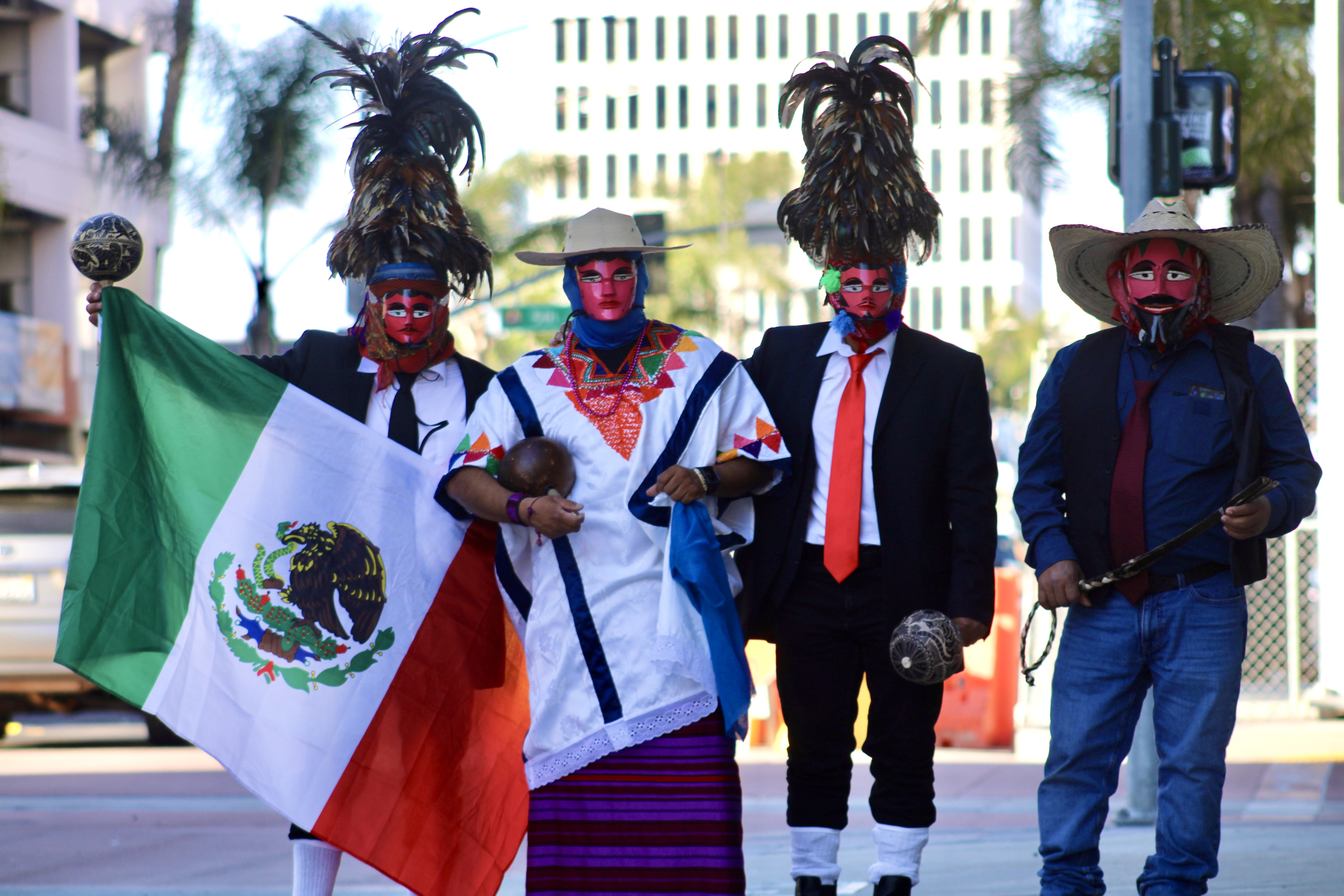
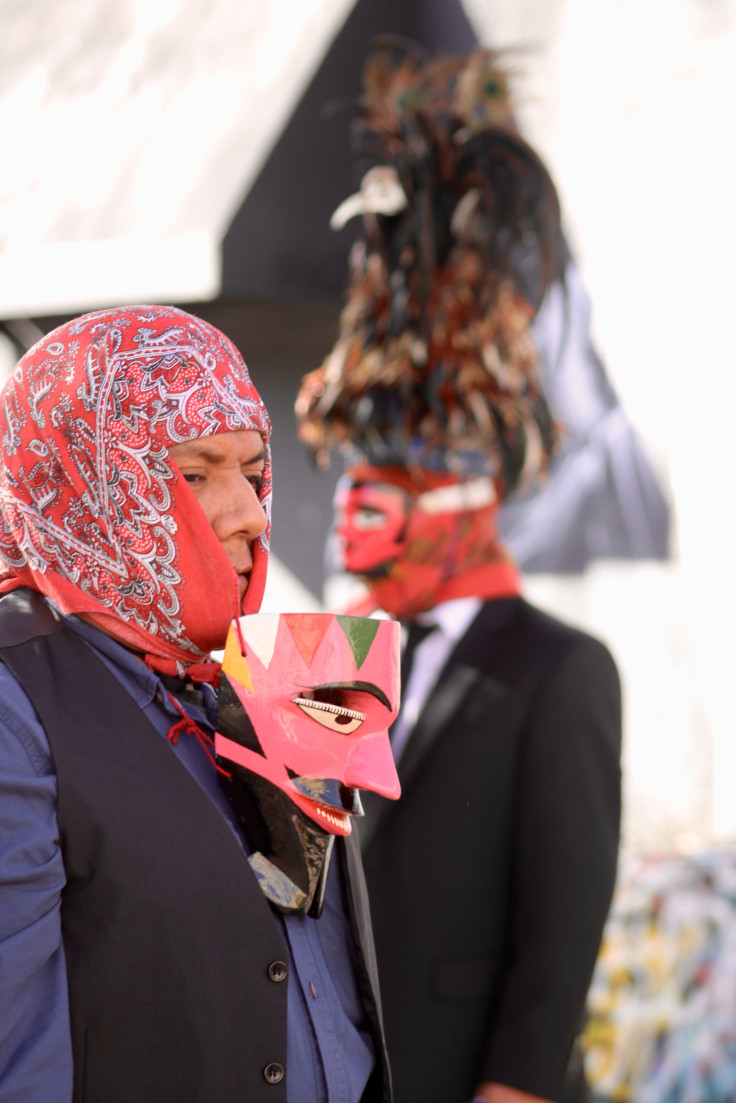
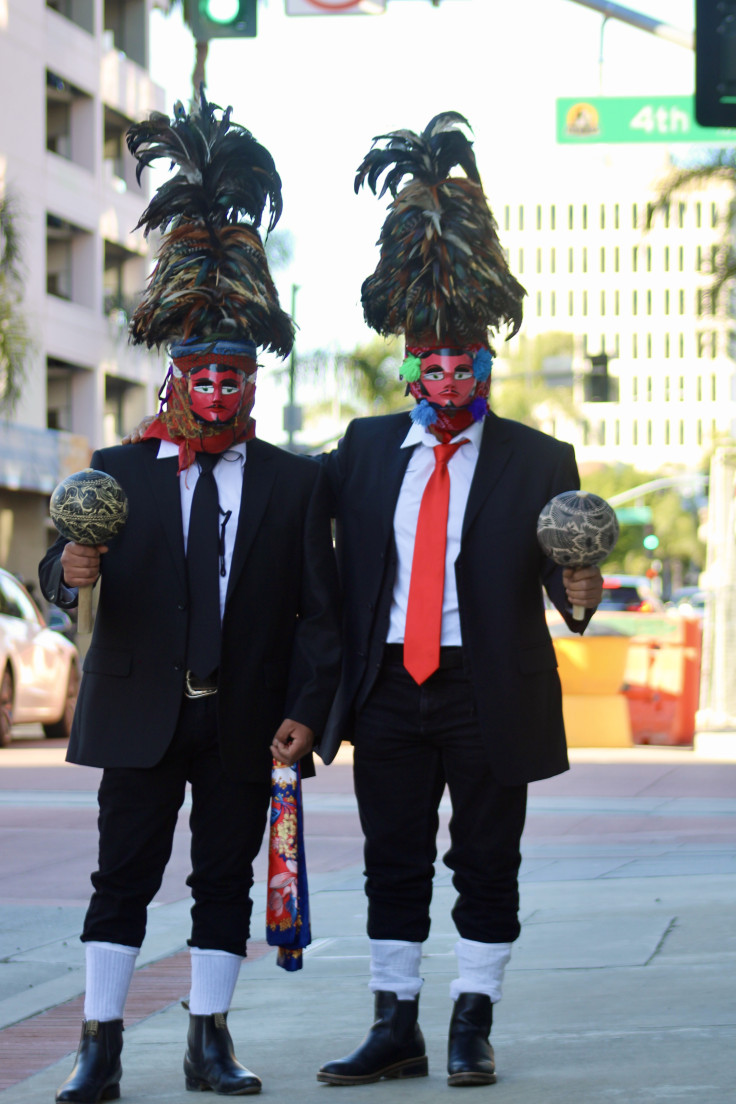
© 2025 Latin Times. All rights reserved. Do not reproduce without permission.





